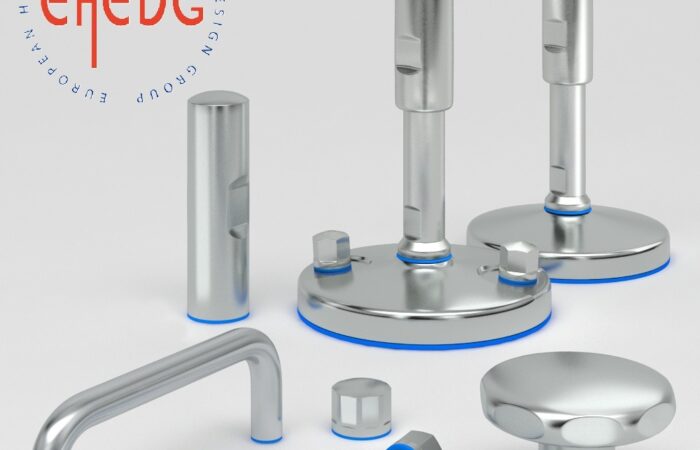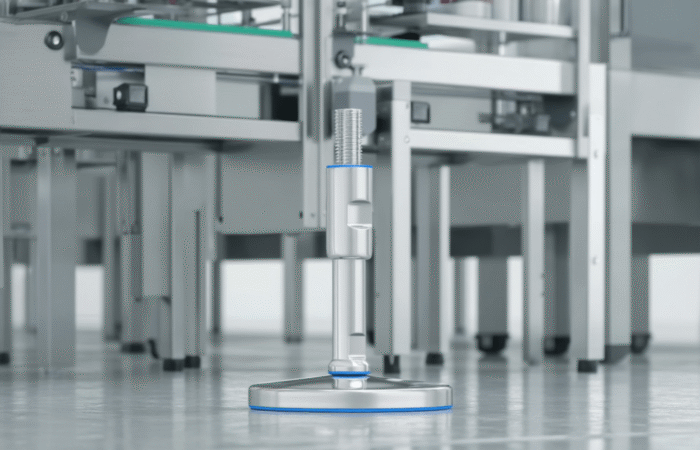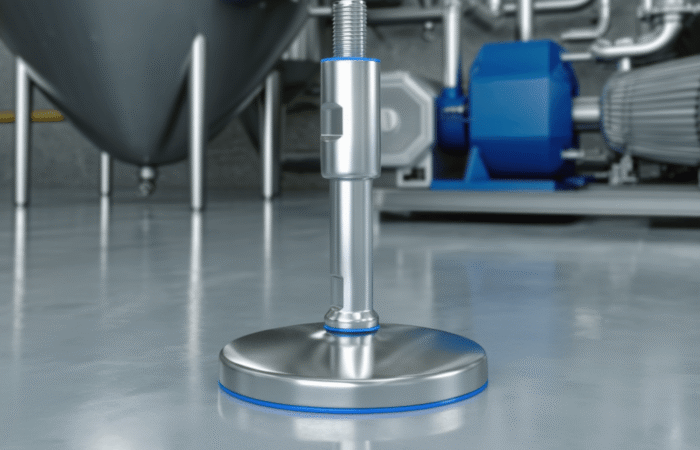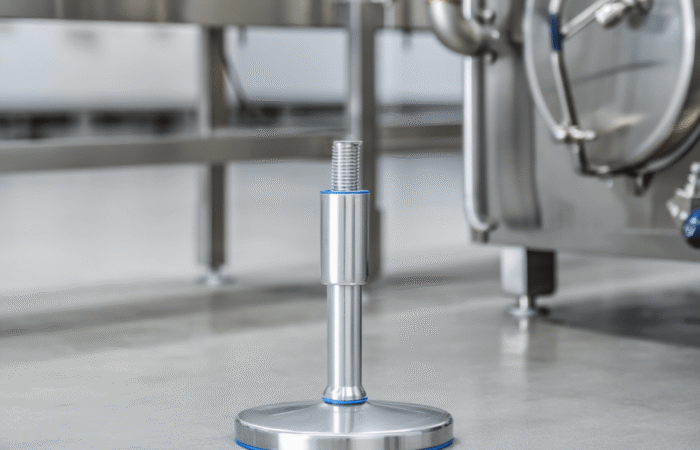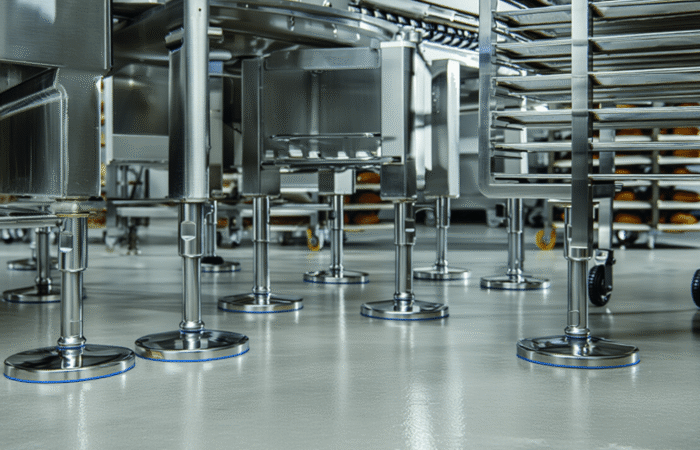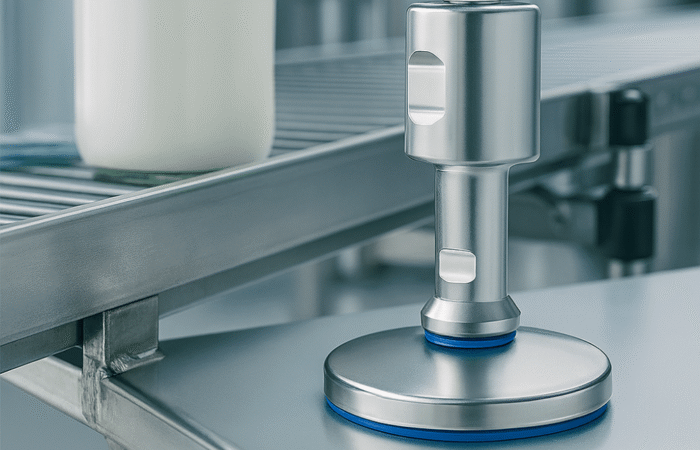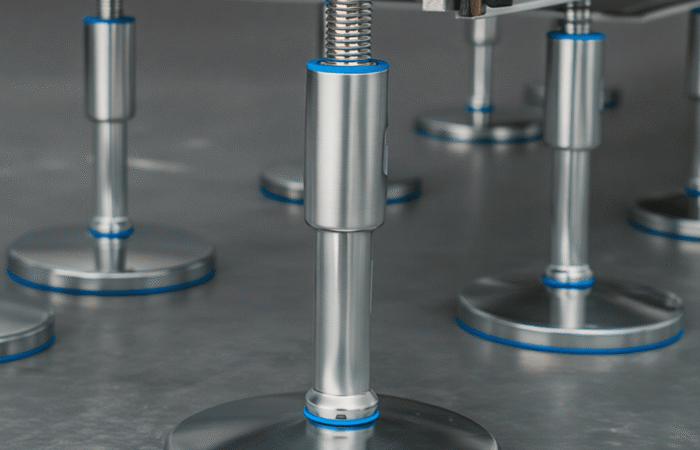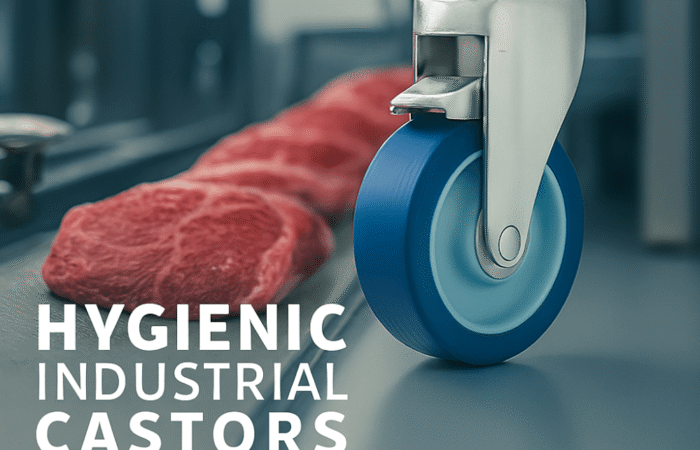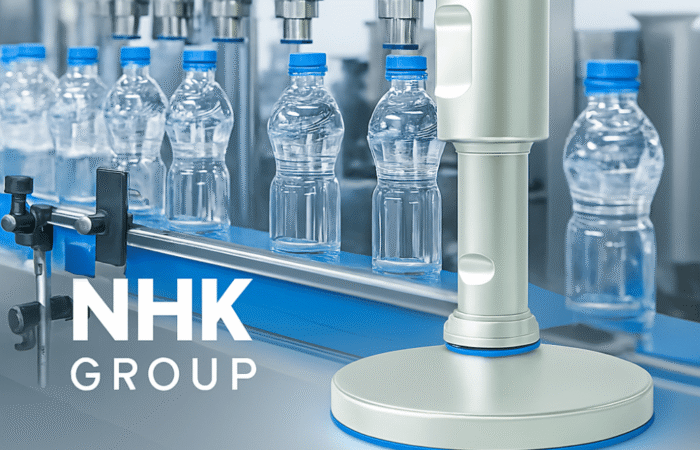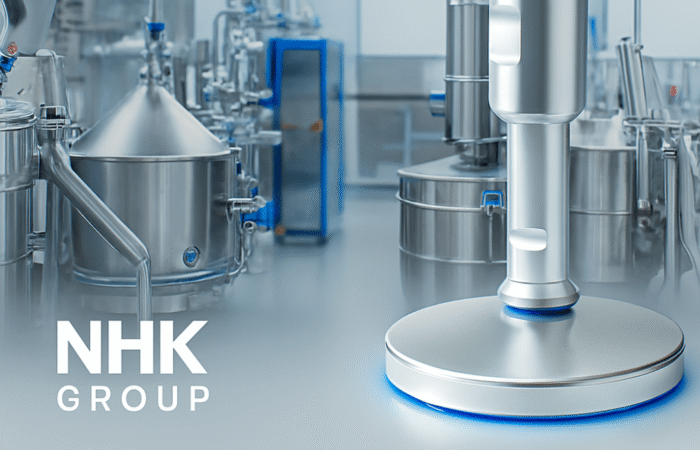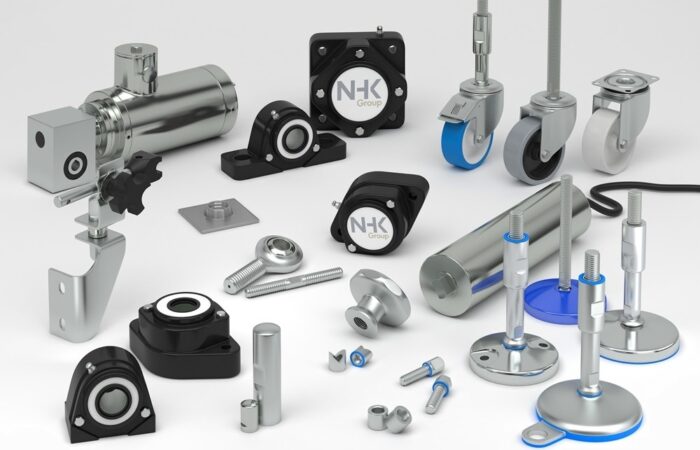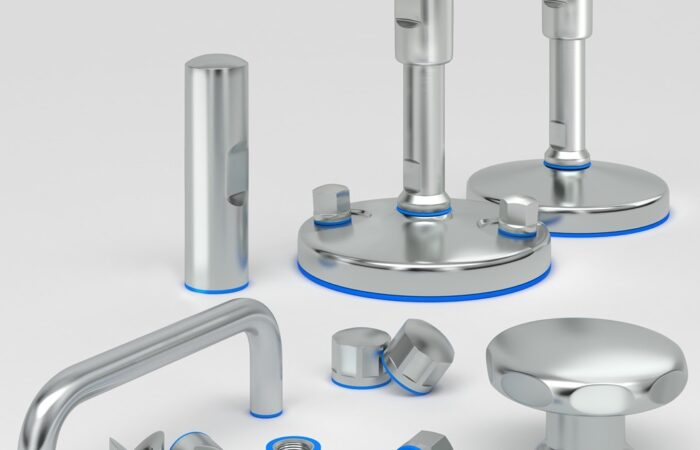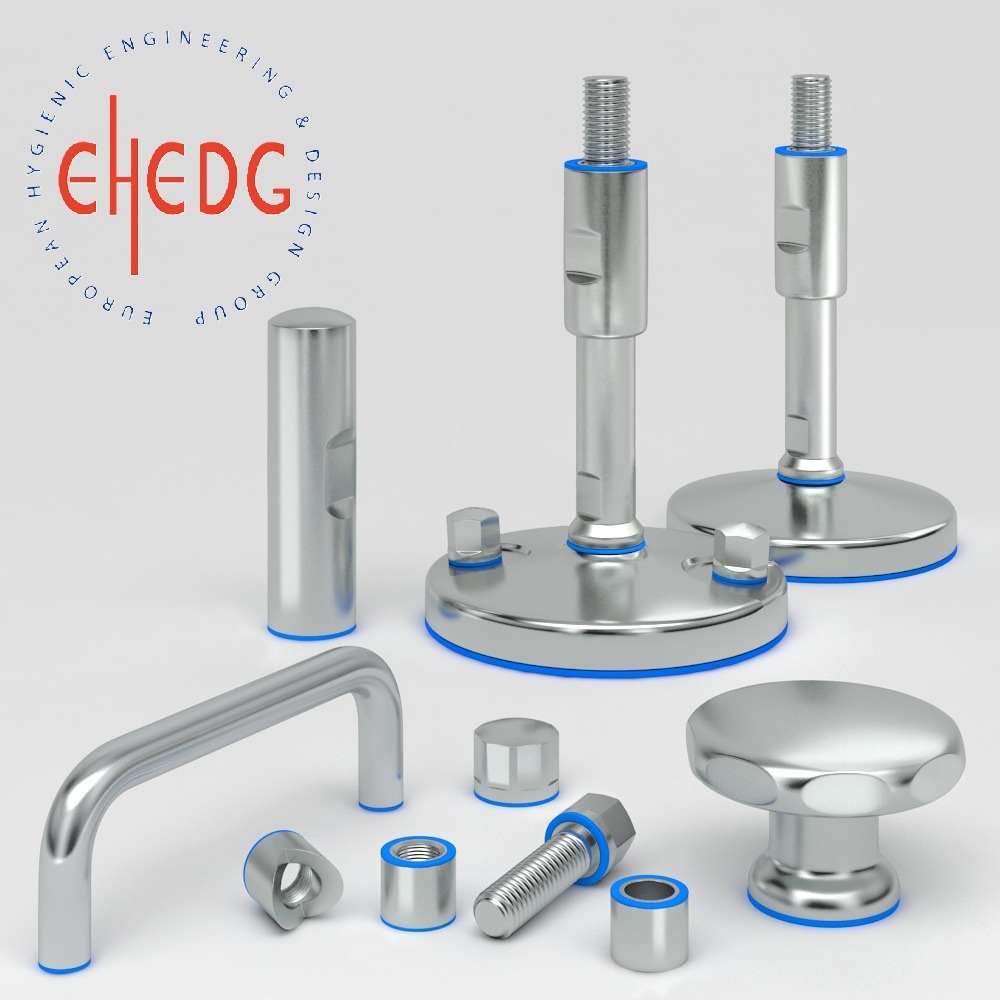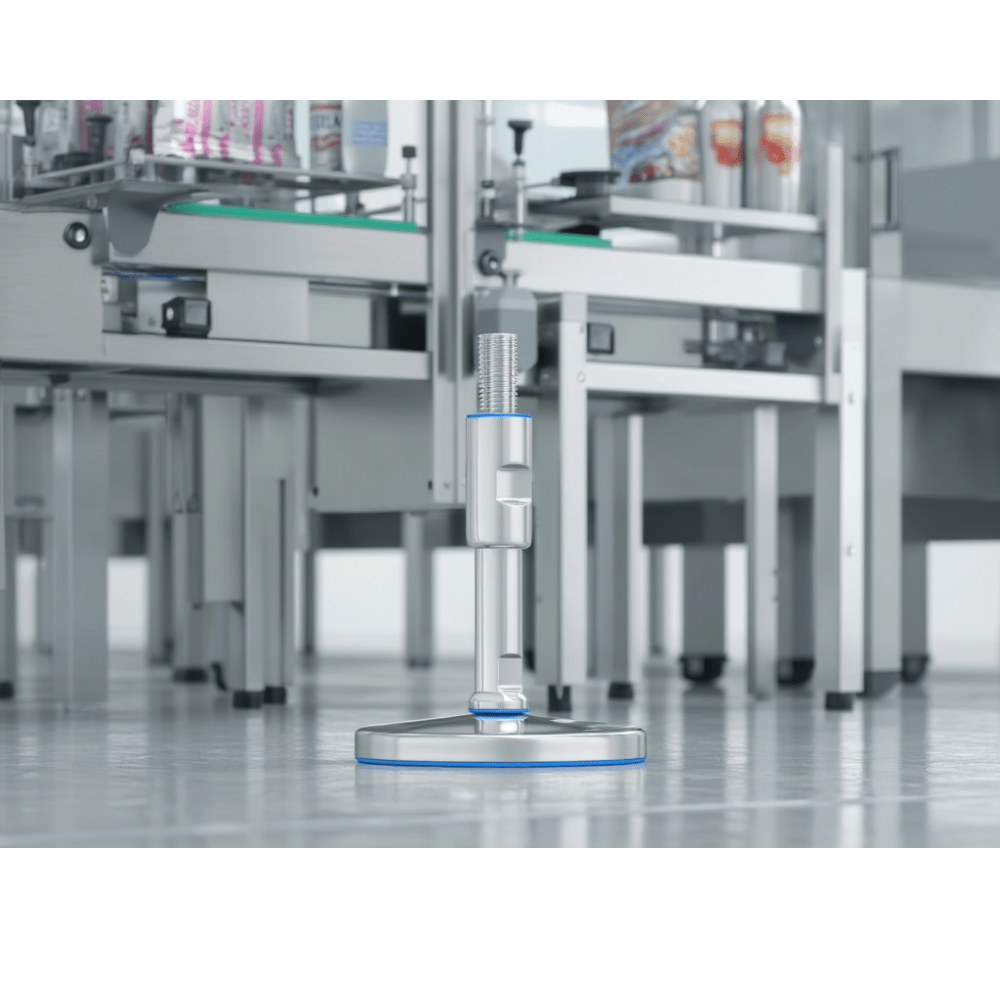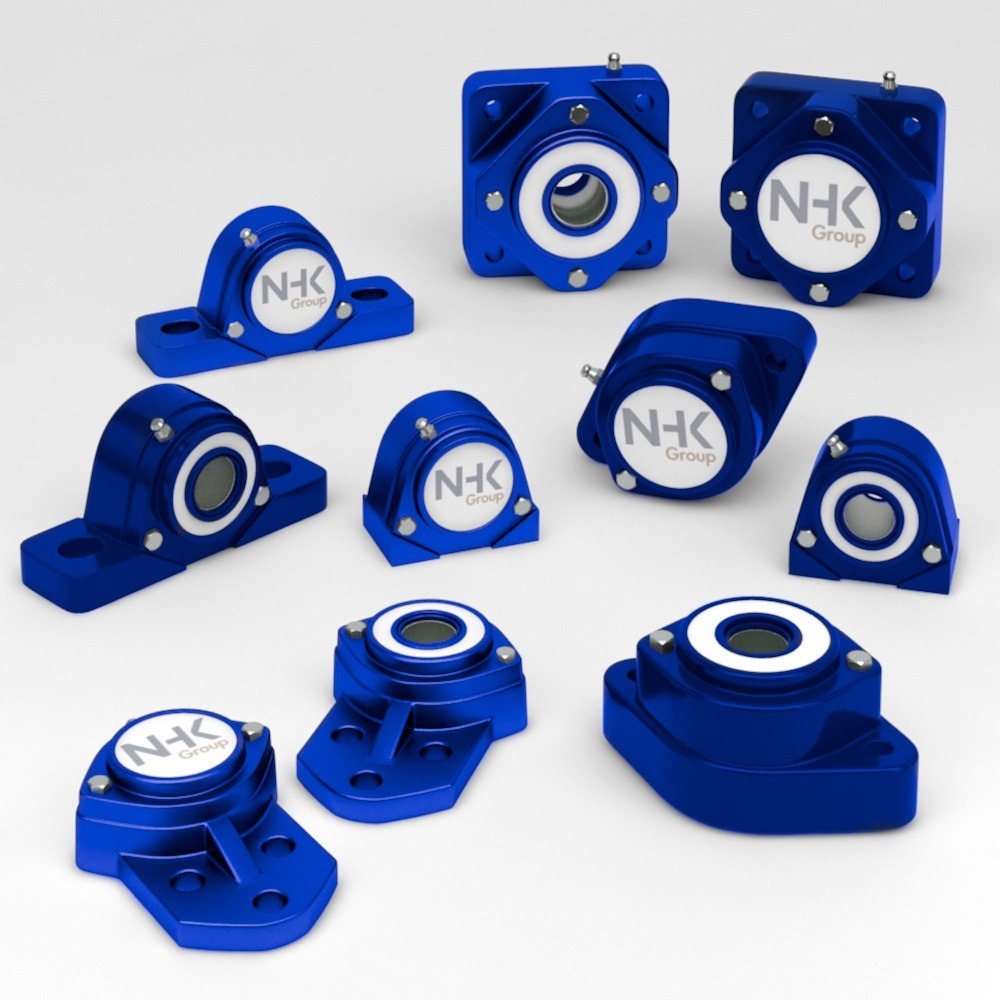
IP67 vs. IP68: Understanding the Difference in Waterproof Ratings
The terms “IP67” and “IP68” are often associated with waterproof and dustproof devices. These ratings define the degree of protection a device offers against solids and liquids, making them critical in industries such as manufacturing, electronics, food processing, and more. While they may seem similar, their differences can significantly affect their performance and suitability for specific applications. IP (Ingress Protection) ratings are a standardized system defined by the International Electrotechnical Commission (IEC). They indicate the level of protection provided by an enclosure against the intrusion of foreign objects, including dust and water. Each IP rating consists of two digits: For example: IP67-rated devices are completely dust-tight, ensuring no ingress of solid particles. This makes them ideal for environments like food and pharmaceutical processing, where hygiene and cleanliness are paramount. An IP67 rating guarantees temporary immersion protection. This means the device can be submerged in water up to 1 meter deep for 30 minutes without being damaged. It’s commonly used in products such as machine leveling feet, hygienic bearings, and outdoor equipment. Similar to IP67, IP68-rated devices are entirely dust-tight, providing maximum defense against solid contaminants. The key differentiator for IP68 is its superior water resistance. Devices with this rating can withstand continuous immersion in water beyond 1 meter. The exact depth and duration are defined by the manufacturer, allowing for use in more demanding environments. While both ratings ensure high levels of protection, IP68 offers greater resilience in water, making it the better choice for applications requiring prolonged immersion. However, the added capabilities of IP68 often come with higher costs and potentially more complex maintenance requirements. Evaluate whether your product or equipment will be exposed to water temporarily or continuously. For instance: Higher protection levels often translate to increased costs. It’s essential to balance the protection level with your budget and the environmental demands of your application. Devices rated IP68 may require additional checks and maintenance to ensure the seals remain effective under continuous water pressure. In hygienic and sanitary environments, IP67 components like waterproof bearing units and stainless-steel leveling feet are prevalent. These ratings meet stringent washdown requirements without the need for IP68’s extended water resistance. IP67-rated components ensure contamination-free processing, but IP68 may be needed for equipment submerged during sterilization cycles. IP68 is indispensable in these environments, as equipment must withstand constant exposure to water and pressure. Examples include underwater sensors, diving equipment, and marine-grade motors. Both IP67 and IP68 offer excellent protection against dust and water. The choice depends on your specific application requirements: Understanding these ratings ensures optimal performance, longevity, and cost-efficiency of your equipment, making it a crucial consideration in product selection and design. When selecting components or devices, always verify the manufacturer’s specifications for precise details on water resistance, especially for IP68-rated products, as immersion depths and durations vary. Whether you’re designing for hygienic environments or extreme underwater conditions, choosing the right IP rating can make all the difference in durability and performance.IP67 vs. IP68: Which Waterproof Standard Suits Your Needs?
Get our catalogue here
See our product line here
What Are IP Ratings?
Breaking Down IP67
Protection Against Dust
Protection Against Water
Typical Applications of IP67
Understanding IP68
Protection Against Dust
Protection Against Water
Typical Applications of IP68
Key Differences Between IP67 and IP68
Feature IP67 IP68 Dust Protection Fully Dust-Tight Fully Dust-Tight Water Resistance Temporary Immersion (1m, 30 min) Continuous Immersion (>1m) Typical Use Cases Hygienic environments, electronics Marine, industrial, extreme cases Cost Implications Generally More Affordable Higher Cost Due to Enhanced Design Factors to Consider When Choosing Between IP67 and IP68
1. Application Environment
2. Cost and Design Constraints
3. Maintenance Requirements
Industry Insights: IP Ratings in Critical Sectors
Food and Beverage Industry
Pharmaceutical and Biotechnology Industries
Marine and Underwater Applications
Choosing the Right Protection
Why Verifying IP Ratings Matters: Ensuring Durability and Performance in Challenging Environments
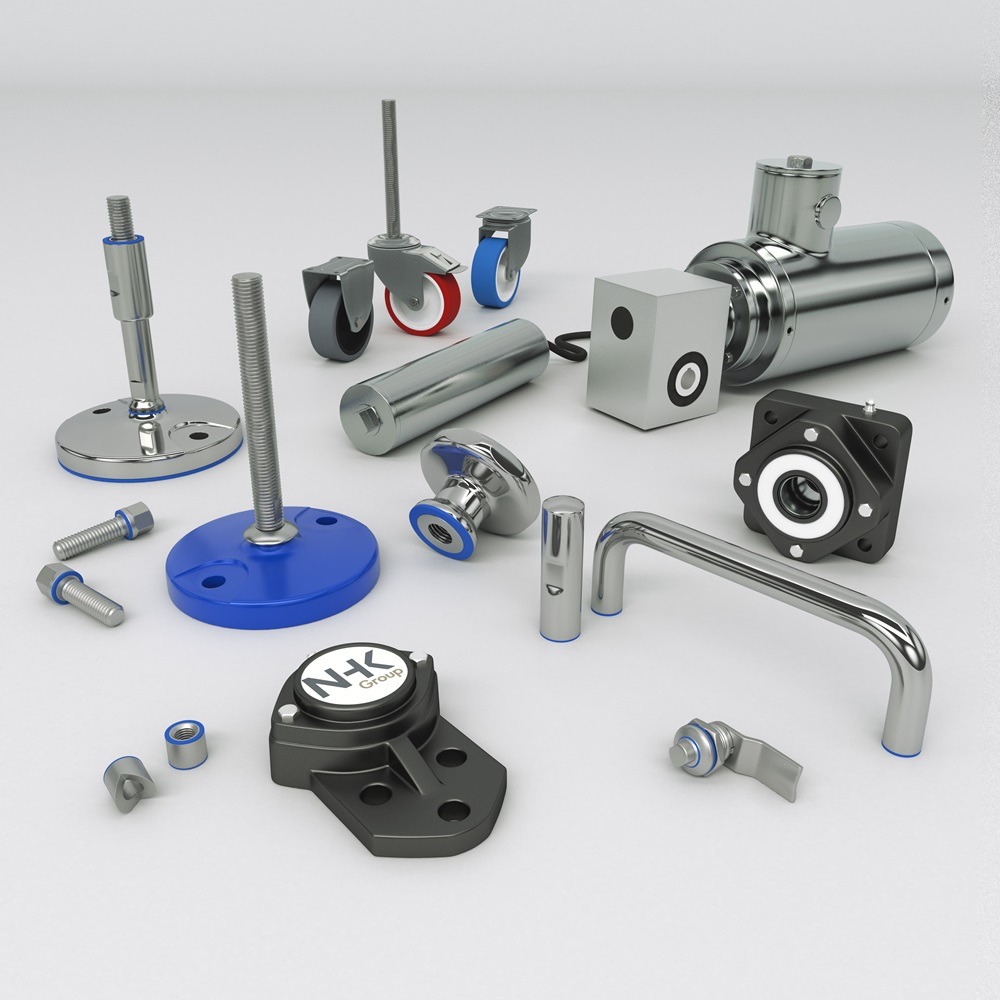
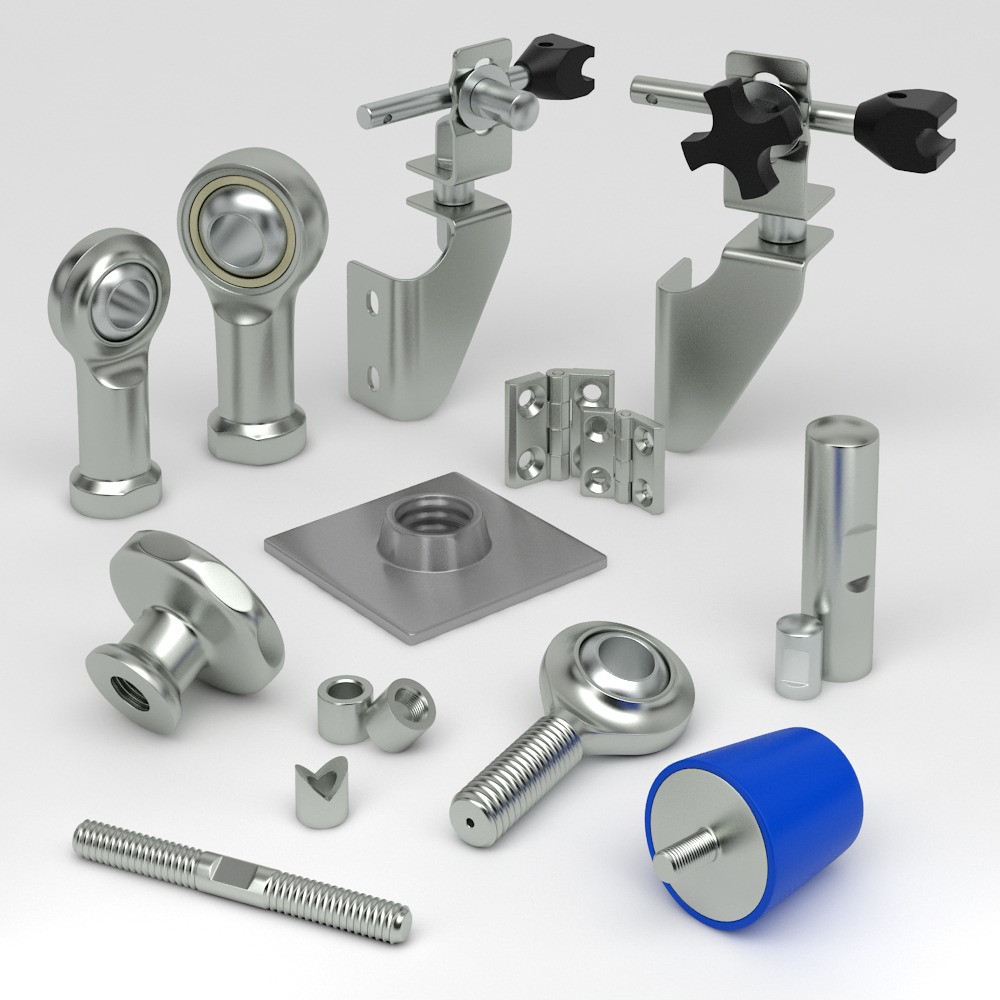
Contact
